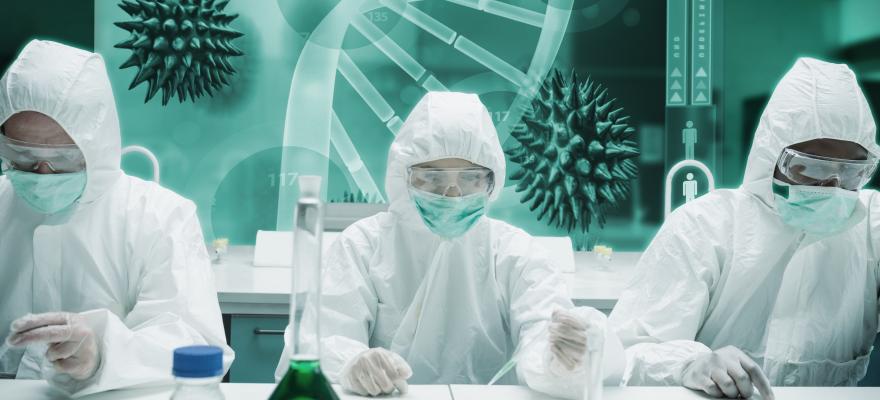Every year, numerous criminal cases are re-opened due to evidence offered by DNA testing, leading to convictions or exonerations of long past crimes. The chances of other suspects featuring the same DNA profile are quoted as ‘billions to one’, making it an accurate way of proving that an individual was present and (often) involved in the crime.
Of course, DNA evidence hasn’t always been present as a traditional form of police investigation, and it took several cases before confidence was instilled in the public.
Conviction of Colin Pitchfork, 1988
The first crime to offer a conviction based on DNA evidence is that of Colin Pitchfork, sentenced to life imprisonment for the murder of two 15-year-old girls. The initial suspect, Richard Buckland, was intensely questioned by police - he subsequently confessed to one of the murders, but continued to maintain his innocence for the other.
Looking to get a conviction, the police turned to Dr Alec Jeffreys of the local university after hearing about his work relating to DNA. He agreed to create a DNA profile from samples found at both crime scenes and compare them with samples taken from Mr Buckland. The end result showed that Buckland was actually innocent of both crimes, making him the first person to be proven innocent based on DNA evidence.
In desperation to find the guilty party, saliva samples were taken from thousands of men but a match wasn’t found. A few weeks later, a woman reported to the police that she’d overheard a conversation suggesting a man had been paid £200 to take the place of one Colin Pitchfork, meaning that his sample was false. Pitchfork was re-tested, and it was confirmed that he was the killer.
This case highlights the importance of DNA evidence in many different ways.
Buckland would most certainly have been convicted of the crime he confessed to, had DNA evidence not proven his innocence. The lack of knowledge from the general public meant that the initial swab was dodged by the culprit – consider how people would react to a friend or coworker asking them to take a DNA test on their behalf today. Finally, the DNA match proved that Pitchfork had been involved in the sexual assault and subsequent murder of both girls. It was the first case solved by forensics of this kind in the world.
Development of Low Copy Number
The restriction of early DNA forensics was the need for relatively large samples. In some cases, particularly in the early 90s, forensic scientists would be confronted with samples that they knew would not be enough to create an adequate DNA profile. In the case of Marion Crofts, who was raped and murdered in 1981, there was no way to profile her killer, even with samples left on her clothes. Instead, the evidence was kept in a sealed condition until DNA forensics had advanced to a point where the cold case could be reopened and the samples could be used.
Low Copy Number is a DNA profiling technique that is more sensitive than others used in forensics, meaning that it can create a profile from a small amount of material, sometimes just a few cells. A DNA profile was taken in 1999 from the clothes and in 2001 they discovered a match with a man brought in for domestic assault. His name was Tony Jasinskyj and he was jailed for life in 2002, twenty years after the initial murder, all thanks to the careful consideration of those who sealed the evidence back in 1981.
Today, DNA profiling is so sensitive that it can be used to solve cases decades old, where samples are minimal and must be sought through specific means. In fact, 2014 saw the conviction of Angus Sinclair for the murders of Christine Eadie and Helen Scott in 1977 (commonly referred to as the World’s End murders). Using another recent development in forensics known as white-light-technology, evidence was scanned carefully to reveal that items used to restrain the women retained particles of DNA. The evidence linked Sinclair to the crimes, closing the case after nearly 40 years.
DNA is Still Closing Cases
Improvements made regarding DNA collection procedures and the sensitivity of these tests means that we have more faith in DNA testing than ever before with new convictions and exonerations happening with greater regularity.
As with the World’s End murders, we can see that forensic technology continues to move forwards in terms of discovering and testing samples. This gives the public confidence in criminal procedures and the validity of convictions. It also assists greatly with cold cases, where police are able to reach back and help solve crimes where samples were present but unable to assist in convictions. With this kind of forensic ability behind them, we’re sure that the World’s End Murders won’t be the only long-standing crime being put to bed with justice finally being served.
For more information on DNA Legal’s forensic testing service, please get in touch.

